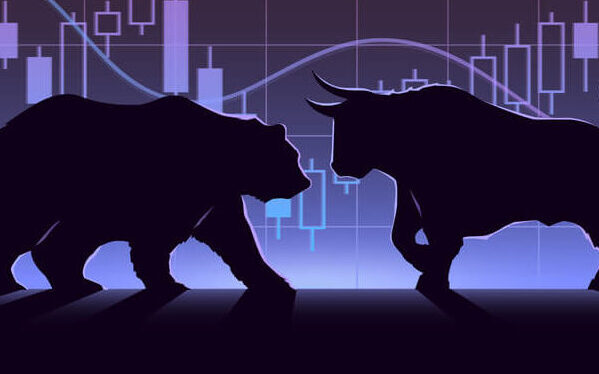Cheap stocks can always get cheaper, particularly when the market direction is bearish. Which is why I don’t “dumpster dive” when I invest and why I don’t try to catch a proverbial falling knifes.
If you want to decrease your risk and increase your probability of success, wait for an uptrend to be in place. If your investment thesis is correct, you can afford to be patient and wait for your moment.
Yes, you’ll miss catching the absolute bottom. But again, that’s fine. No one consistently calls exact bottoms of the bear market … not you, not me and not even legends like Warren Buffett.
Today, let’s dig deeper into why momentum investing works. To understand this, we have to remember what the stock market is. It’s not a black-box machine. It’s a collection of millions of investors just like you and me, and each of us is watching the moves of the others in real time.
Stocks rise because there are more buyers than sellers bidding the price higher. And the higher a stock goes, the more attention it gets from other investors, encouraging them to join the party. These new investors, attracted by the rising price, push the price higher still, encouraging even more new investors to join the fray.
Fundamentals also play a role here. A rising stock price is a form of advertising. It can build awareness of a company, which encourages people to buy its products or services.
A rising share price also allows a company to raise more expansion capital at cheaper rates, creating a virtuous cycle in which a rising stock price helps to cause improved fundamentals rather than simply reflecting them. This is why high-momentum stocks are often high-growth stocks — at least in healthy bull markets.
Of course, all of this can go into reverse. Deteriorating fundamentals can cause a stock’s price to fall. When a company’s sales or earnings come in under analysts’ expectations, you can usually expect the stock price to drop.
But a sharply declining stock price can also cause deteriorating fundamentals by forcing the company to cut back on expansion plans. The virtuous cycle can turn into a vicious cycle, especially in a bear market.
The Importance of Bear Market Holistic Investing
You have to consider technical factors, such as momentum, and fundamental factors, such as growth and value. And you have to consider how the factors affect and interact with each other.
In my Stock Power Ratings system, I rate stocks based on three primary technical (or price-based) factors:
- Momentum.
- Size.
- Volatility.
and three primary fundamental factors:
- Growth.
- Value.
- Quality.
This is objective and systematic — the numbers speak for themselves.
But this is also just the first slice of my analysis. I drill down into the data to pick apart each of the six factors. I also look for a major, sustainable growth generator — or a durable mega trend, as I call them — that I expect will support improving fundamentals and technicals.
Then I cap it off by looking for that special “X-factor,” or that potential catalyst the market seems to be ignoring.
I’m finding opportunities even in this nasty bear market.
My March recommendation for my Green Zone Fortunes readers is up more than 60% this year, and I believe it’s just getting started. The rising share price is supported by robust sales growth, and the shares remain exceptionally cheap based on my value factor. To find out more, click here.
To good profits,

Adam O’Dell
Chief Investment Strategist




